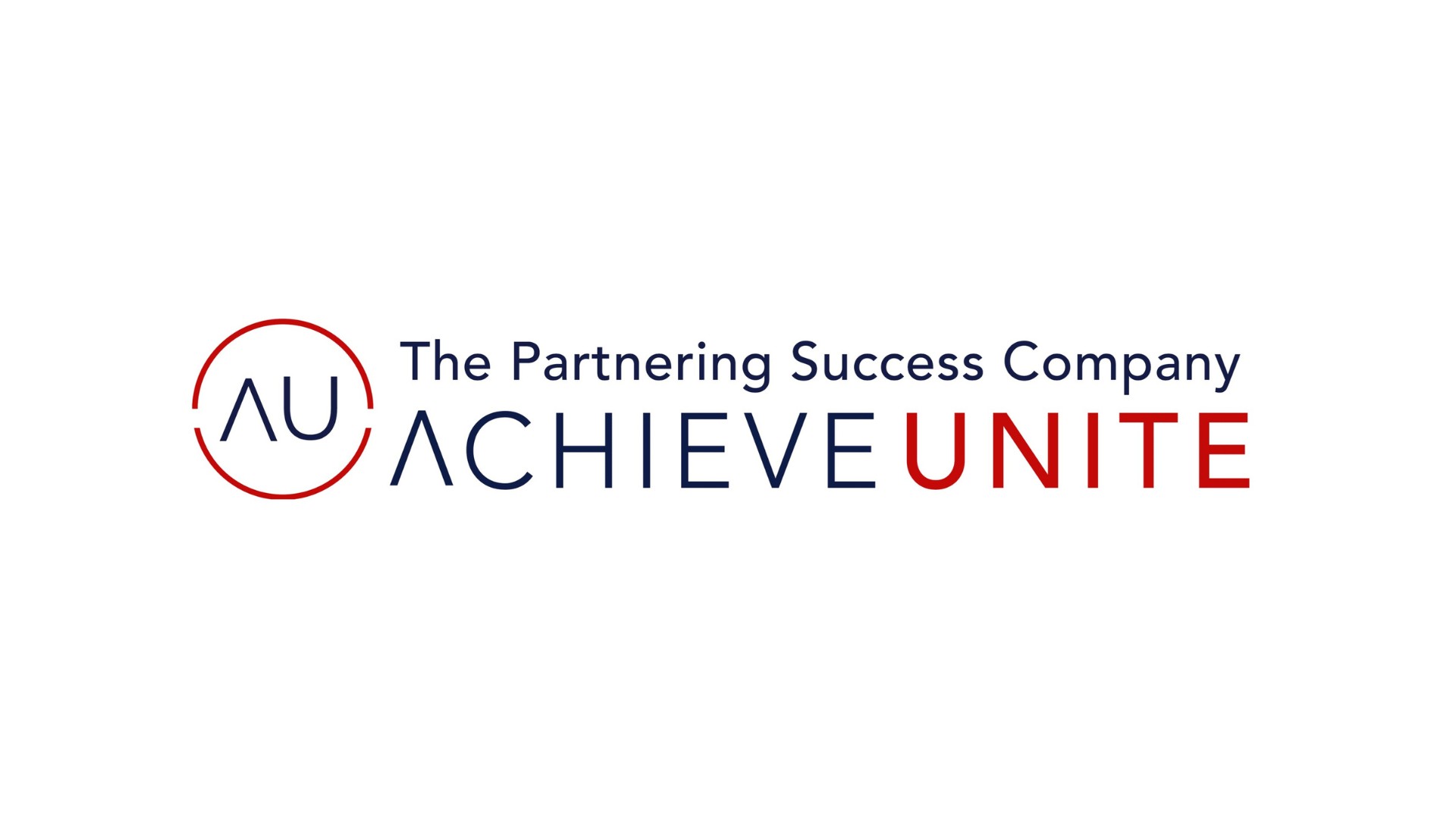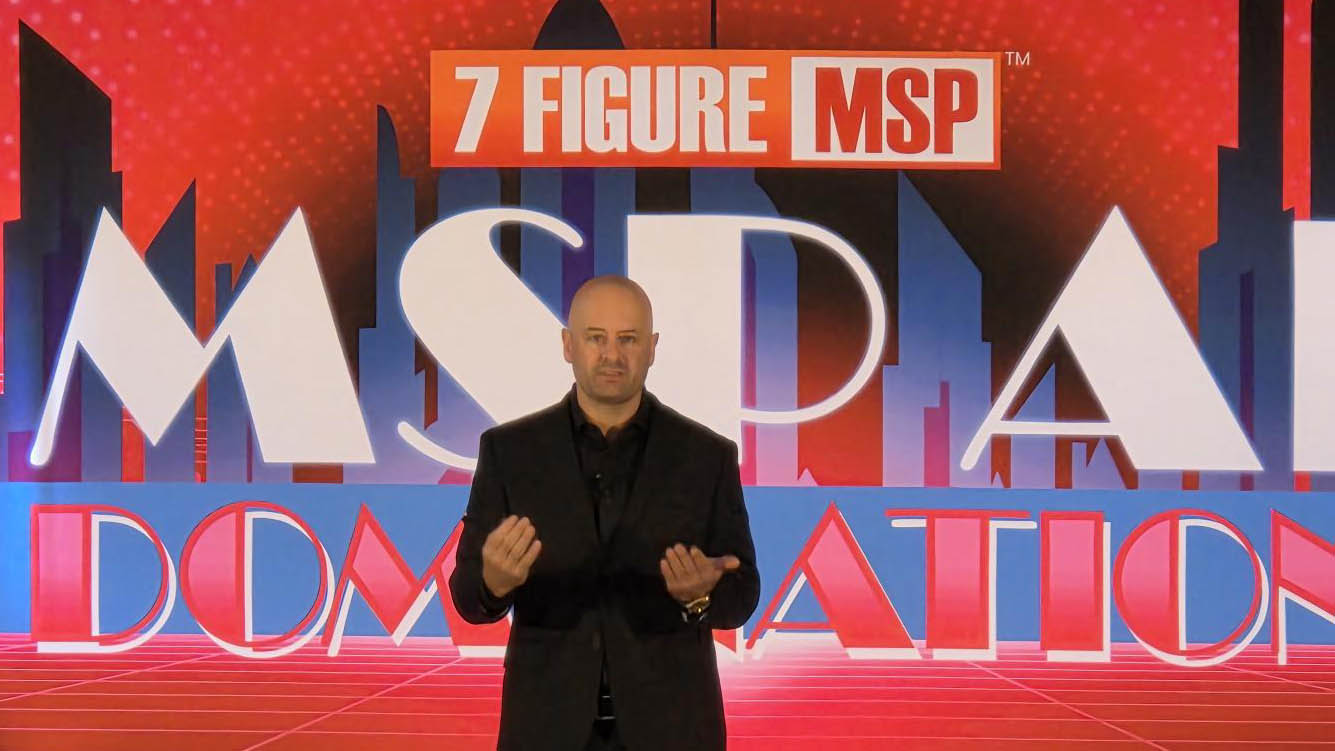This article is based on the ChannelPro webinar, “Selling Your Business: A View From Both Sides.”
MOST MERGERS and acquisitions don’t happen overnight. When Ntiva, a managed IT and security services firm headquartered in McLean, Va., announced its acquisition of MXOtech, an MSP based in Chicago last fall, it was the culmination of a discussion that started over three years ago. The lead-up to the M&A announcement––the actual process of negotiating, conducting due diligence, and ironing out the details––lasted about nine months.
Here is an inside look at how each organization approached the process and prepared for a successful deal.
The Business Profile
Founded in 2005 by CEO Joanna Mirov, MXOtech offered IT services and support, as well as digital transformation services. Thanks to its knowledgeable team of application development specialists, these latter offerings included custom-built web and mobile applications, system integrations, and solutions that enabled clients to manage and access critical business information. Over the years, the company earned a reputation for its near 100% customer retention rate and low employee turnover.

Joanna Mirov
These were among the reasons that attracted Ntiva, with approximately 500 employees, to MXOtech. In the announcement, Ntiva CEO Steven Freidkin noted that MXOtech’s high level of customer service, in combination with its focus on digital transformation, made for a winning acquisition. It also allowed Ntiva to expand its presence in the Midwest.
Relationships Matter
Just like personal relationships, a successful business relationship between buyer and seller needs time to solidify. “I was first introduced to Joanna several months after she had [initially] spoken with our CEO, and we knew each other for the better part of a year before we ultimately undertook the transaction,”” recounts Christopher Vollmond-Carstens, vice president of corporate development at Ntiva. “”It takes some time to foster and develop that relationship.”
A large part of this involved determining whether or not the two organizations shared the same vision. Vollmond-Carstens explains that when Ntiva seeks to acquire a company, it looks for a cultural fit and alignment among leadership––both at Ntiva and the seller––on things like employees, technology, and customer service. “We try to find like-minded individuals who are employee-first, client-first,” he says.
Employees and Clients Matter
A common issue with M&As is that once the deal goes through, valuable employees from the seller’s side often jump ship because they dislike the buyer’s work culture. For buyers who acquire companies to gain access to a knowledge base, this is problematic. For sellers like Mirov––who continues to work at Ntiva––betraying loyal staffers is bad business.
With this in mind, Mirov explains that she spent a considerable amount of time ensuring that Ntiva was a good cultural fit for her managers and employees. She contacted several of her competitors––companies that Ntiva had also acquired––to confirm that what Ntiva’s leadership was communicating in this area was accurate. “I wanted to make sure that I took care of all of my employees, [and] that they would get the same or better benefits than they were getting with me,” she says. “At the end of the day, I wanted those 40 people to look me in the eyes and say, ‘Thank you,’ not, ‘You took your money and ran with it.'”
Mirov approached the issue of client care similarly, ensuring that Ntiva valued customer service in the same way that MXOtech did. “I didn’t want my clients to suddenly feel like [this is] this big company, and they’re just going to be a number, and things are going to downgrade,” she says, adding that this hasn’t happened with Ntiva. Some services have even improved, like access to 24/7 support––something MXOtech wasn’t able to offer.
Attorneys Matter
An important part of Mirov’s M&A team was her attorney. She advises MSPs who are considering the sale of their business to enlist legal counsel who has M&A experience specific to this industry.
It’s also important to be aligned with the attorney in question. Partway through the process, Mirov switched lawyers because she felt the one she’d originally retained was too aggressive on her behalf.
“What I have learned is to have an attorney [who] has a personality that works for both sides––for you as the seller and then for the buyer,” Mirov says. The attorney she eventually retained had worked with Ntiva’s legal counsel in the past, which she believes facilitated negotiations. “My attorney didn’t really take sides––he was my attorney, so of course he was on my side, but in many cases he advised me on what the other side may be thinking or wanting.” In Mirov’s opinion, this made for a more solid end result. “He was trying to help me make this deal work, not to break it apart.”
Get Your House in Order––and Keep It That Way
M&As require sellers to dedicate a significant amount of time to getting their books in order and documenting processes. In a way, Mirov says, it’s another job for MSP owners––one that could take up to 15 hours a week. “You have to make sure that either you have that time or you have someone [who] could help you,” she says.
Mirov emphasizes the need for sellers to have clearly defined processes and clean books. “[Otherwise] it’s difficult for the buyer to really get a good idea of everything that’s going on.”
It’s also important to maintain high performance levels throughout the course of the M&A negotiation, Mirov advises. “You want to make sure you’re operating your business as if the sale was not happening, because [the buyer] is looking at your financials every single month to make sure nothing is changing,” she explains.
Time Your Sale
According to Vollmond-Carstens, M&A activity in the MSP industry remains significant. “Even with economic uncertainty [and] higher inflation, there’s still a tremendous amount of interest in the MSP space, in particular because it’s kind of recession-resistant [due to] longer-term, recurring revenue contracts,” he notes.
That said, Vollmond-Carstens concedes that valuations have decreased over the last six to 12 months, largely due to the increased cost of debt. “For many acquirers out there, they’re utilizing some measure of debt to help fund the purchases that they’re undertaking,” he says. “If that debt is more expensive because interest rates are higher, then they’re constrained in their ability to take out as much debt as they would like to acquire a business or fuel the purchase of a business. And that’s bringing some of the valuation levels down.”
Vollmond-Carstens says this provides MSPs with the chance to better prepare themselves for a sale. “I think there is actually an opportunity [in the next 12, 18, or 24 months] to really focus on building and improving your business,” he says. This can include things like taking on new clients, bringing new products or services into your portfolio, or recruiting high-level talent. “You can work on things so that once valuations do creep up again or stabilize, you’ve put yourself in an even better position to command a premium for your business.”
For more insight from Mirov and Vollmond-Carstens on the M&A process, watch ChannelPro’s webinar, “Selling Your Business: A View From Both Sides.”
Image: iStock











